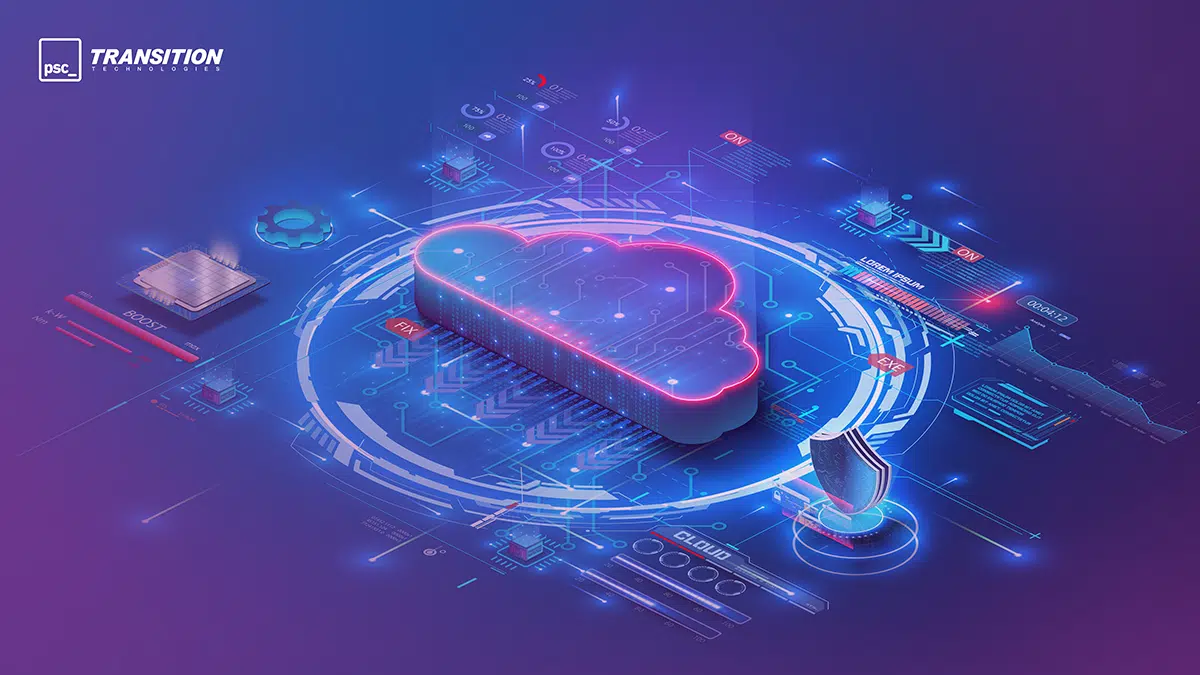The cloud is a key success factor in digital transformation. It provides companies with many decisive advantages. However, the prerequisite for this is the right cloud strategy. The interview with Christian Thiem, Senior Business Analyst at TT PSC Germany GmbH, covers questions such as: What needs to be considered in the roadmap to the cloud? What strategies can be adopted for the implementation?

What challenges do you see companies facing as they migrate to the cloud?
Christian Thiem: the situation depends on the size of the company and the industry. Start-ups usually have a very high level of adaptivity to the cloud. In smaller medium-sized companies, there are often no IT experts for the cloud who could address these issues. However, the large companies now all either have a cloud strategy in the pipeline or are currently in the process of implementing it, as they have realized that they need the cloud technologies to implement and drive forward the digital transformation. There, the challenges often consist of transparently representing historically grown own server architectures in order to be able to map all areas systematically and functionally in the cloud. A large service map established processes and tools must be brought together to produce a new standard, while at the same time ensuring that employees accept them.
What strategies would you recommend for companies looking to migrate to the cloud?
CT: Many companies follow the “copy and paste” principle. Figuratively speaking, they simply take their servers and put them in the cloud. However, this is not recommended, because it means that the many advantages of the cloud are not exploited. After all, the potential can only be exploited in a migration in which the service structure is split up and transformed into the respective native applications in the cloud. For example, large cloud service providers such as AWS offer specific services for the network infrastructure or role assignments for access rights.
That is why we recommend setting up the cloud infrastructure from scratch, regardless of the existing server structures. This ensures that the various applications of the cloud provider are optimally utilized. This cloud strategy requires more effort, but the follow-up costs are reduced due to the versatile scaling options depending on the requirements and use of the individual services. Another advantage of this strategy is that no legacy costs are carried over to a newly set up cloud infrastructure.
What kind of privileges are available to the companies you supported in the migration?
CT: In many cases, knowledge about the company’s internal and historically grown IT infrastructure is person-specific. When those experts retire, the company must address how to transparently pass on the knowledge to the next generation of employees. In the cloud, there are firmly defined standards that are comprehensible to each and every IT expert.
In addition, the more complex as on-premise IT infrastructure is, the more staff are required to maintain it. Standardization, the consolidation of individual solutions, and the automation of updates in the cloud mean that fewer personnel resources are necessary. Even complete outsourcing, in which the maintenance of the technology is taken over by an external service provider, is an option for saving internal company personnel resources or using them effectively elsewhere, for example in support.
Another advantage is transparent cost control. In the cloud, it is possible to break down costs per area or department, which is only possible with a great deal of effort, if at all, on-premise. As far as security is concerned, the cloud meets security standards at the highest level. Regular maintenance of the services by the provider ensures that the data hosted in the cloud is always secured according to the latest standards. The major cloud providers maintain additional resources that ensure reliability.
What should companies absolutely consider when implementing the system in the cloud?
CT: When it comes to planning, in particular, it is important that companies take all the time they need. This stage should preferably be carried out in collaboration with experts, namely architects who are certified partners of the cloud provider. Workshops are held with the companies to develop an architectural diagram based on their existing IT infrastructure. Horizontal synergy effects should also be taken into account in order to find ways of combining challenges from different areas and covering them with the new solution. Based on user stories and the selection of suitable cloud products, the target state is then defined. In this respect, a systematic methodology is crucial for the implementation. The step-by-step implementation allows employees to learn the ropes, which in turn also leads to better and easier adoption of the solution. In any case, the determination, willingness, and commitment to migrate to the cloud is what really matters.
Thank you for sharing your expertise with us.
The interview was conducted by: Svenja Kratz, Regional Marketing Lead DACH.











